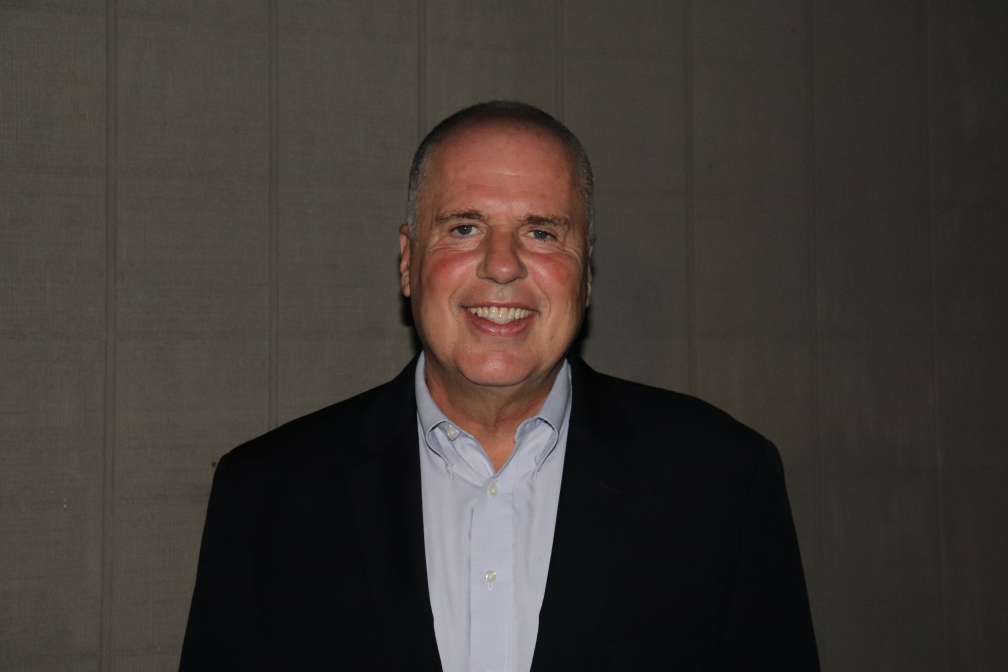Why Emmy Loves Netflix…and Amazon, Hulu, Disney Plus ... and Even Quibi
Nominations for the streaming services continue to rise at the expense of the linear platforms

With a record 160 Primetime Emmy nominations for Netflix, the most of any network, studio or streaming service in the history of the 71-year Primetime Emmy Awards awards, the value of streaming has escalated from the convenience of personalizing your own schedule to knowing where to go for the quality programming.
Naturally, an Emmy Award victory in today’s increasingly fractionalized environment gives attention to a series on any platform that may get lost in the clutter. For the major SVOD services, which are dependent on subscribers and face increased competition, 18 Emmy nominations for a drama like Ozark (the most of any entry of the streamer this year) is certainly a way for Netflix to market itself.
Also read: Netflix Sets Record with 160 Emmy Noms
Particularly impressive is how Netflix has risen in the Emmy ranks over the last few years. It was only first eligible for Emmy consideration in 2013, the year House of Cards was introduced.
For the 72nd Primetime Emmy Awards on September 20th, Netflix has 39 more nominations than the four major broadcast networks combined--NBC (47), ABC (36), CBS (23) and Fox (15). HBO is second behind Netflix with 107 nominations.
The recognition of Netflix by the voting members of the National Academy of Television Arts and Sciences (NATAS) is a result of multiple programs like dramas The Crown, Hollywood, Unorthodox and Stranger Things, as well as Chuck Lorre comedy The Kominsky Method.
Netflix, however, is not the only streaming service to be recognized by the Emmy voters. Amazon Prime Video racked up 47 nominations (with 20 for The Marvelous Mrs. Maisel); Hulu has 20; and new services like Disney Plus (19 noms), Apple TV Plus (18) and Quibi (10) have also made their early marks.
In contrast, the Big 4 broadcast networks slipped from 145 nominations in total in 2019 to 121 at present. Not one of the eight nominations for Outstanding Drama Series was on a broadcast network, while only NBC’s The Good Place made the cut for Outstanding Comedy Series. And that begs the question: Why are the linear broadcasters no longer major contenders in any of major award shows?
Mirroring the rise of cable (basic and pay), when the arrival of The Sopranos and Sex and the City on HBO, and later The Shield on FX, Mad Men and Breaking Bad on AMC, made cable an incubator for high quality programming, the streaming services are the apparent beneficiaries of the same advantages bestowed on cable in those early years.
This includes:
The smarter way to stay on top of the streaming and OTT industry. Sign up below.
Marquee Talent
Once upon a time, an actor who dared to seek employment outside of a broadcast network was executing a career strategy that was not exactly considered wise. Enter Glenn Close, then a five-time Academy Award nominated actress, who joined the cast of FX’s The Shield for a one season stint in 2005. “I go where the quality writing is,” she at the time.
If Close could act on a cable series, so could a mountain of other movie stars, and cable became a haven for actors to hone their craft (and often pick up accolades as a result). Flash to streaming, and the advantages for any actor are hard to match on a linear broadcast platform.
More Creative Freedom
Unlike a broadcast network inhibited by the FCC, there were often no regulatory restrictions on cable (particularly on a pay service like HBO or Showtime). And this was an enticing option for an actor or producer, as it is now on the streaming services. With this “anything goes” mentality, the caliber of the product on the major streaming services at present (under the guidance of A-list producers like Shonda Rhimes and Ryan Murphy, who have taken the streaming plunge), is hard to match elsewhere.
Fewer Episodes Offer More Time for a Quality Production
For a typical cookie-cutter network series, 22 episodes per season is the norm. But fewer episodes on cable, and now on the major SVOD services (with as few as just four for a drama like German-American Unorthodox on Netflix), means there is more time to craft a high-quality production. For an actor looking to diversify his or her portfolio, the opportunity to participate in something more unique (with more time for other projects) is hard to beat.
The “Sexy” Connection
For an actor, you could probably find employment on any Dick Wolf-produced series for an endless number of years, as you can for other network staples like the NCIS franchise and Grey’s Anatomy, to name a few. But, let’s face it…streaming right now is simply a “sexier” option. The creativity is limitless. The seasons are shorter. The budget for production seems unlimited. And there are no rules.
With the greater expectations of a something of a high-quality nature on the streaming services at present, the chances of being recognized by an organization like NATAS are more likely too.
The Money (Duh)
Of course, with creative like Ryan Murphy, Shonda Rhimes and J.J. Abrams collecting nine-figure deals from the major SVOD services, the financial incentive for top-level producers to consider going digital can’t be overlooked, either.
Marc Berman is editor-in-chief for media-centric The Programming Insider (programminginsider.com), which pioneered the email newsletter format at its inception in 1999. Marc has written for a wide range of publications including Broadcasting + Cable, Next TV, Forbes, Newspro, Campaign US, The Hollywood Reporter and Variety. Known as “Mr. Television” at Mediaweek (now Adweek), Marc has appeared on camera on Entertainment Tonight, Extra, Inside Edition and CNN and MSNBC, among other series and outlets. He is a member of The Television Critics Association and The Broadcast Journalists Television Association. And Marc put his TV historian hat on as author of desk calendar Today in TV History.

